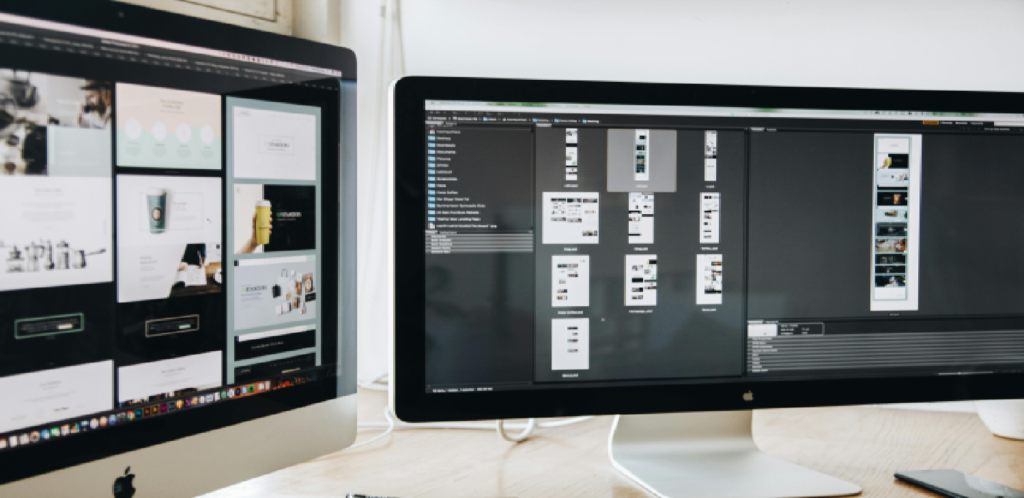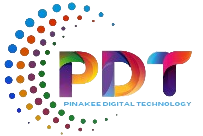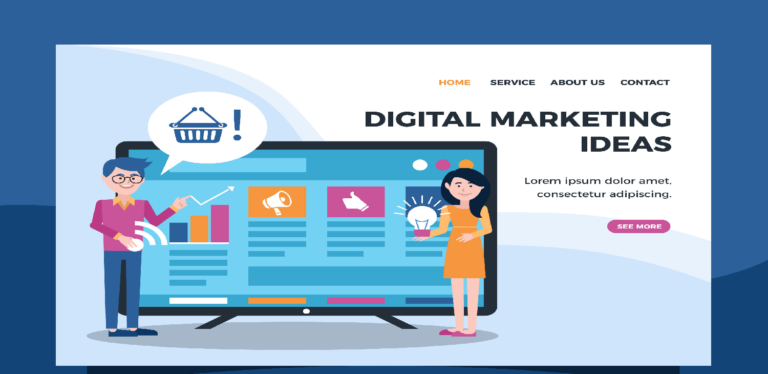
Prototyping in software development is a powerful technique used to create an early, simplified version of a software product or system. It involves quickly building a basic model or mock-up that demonstrates key features, functionalities, and user interactions. The power of prototyping lies in several aspects:
- Early Feedback: Prototyping allows developers to gather feedback from stakeholders and end-users at an early stage of the development process. This feedback helps in understanding user requirements, identifying potential issues, and making necessary adjustments before investing significant time and resources into full-scale development.
- Visualization of Concepts: Prototypes provide a tangible representation of abstract ideas and concepts. They help stakeholders and users visualize how the final product will look and function, making it easier to communicate and align expectations among all parties involved.
- Reduced Development Costs and Time: By focusing on building a basic version of the software, prototyping helps in reducing development costs and time. It allows developers to quickly experiment with different design choices, functionalities, and user interfaces without committing to a full implementation. This iterative approach often results in more efficient use of resources and faster time-to-market.
- Risk Mitigation: Prototyping helps in identifying and mitigating risks early in the development cycle. By testing assumptions and validating design decisions through prototypes, developers can uncover potential challenges and technical limitations before they become major issues in the later stages of development.
- Improved User Experience (UX): Prototypes enable designers to iteratively refine the user experience based on user feedback and usability testing. By observing how users interact with the prototype, designers can identify usability issues, optimize workflows, and enhance the overall user experience of the final product.
- Enhanced Collaboration: Prototyping encourages collaboration and cross-functional communication among team members, stakeholders, and users. It provides a common reference point for discussions, brainstorming sessions, and decision-making, fostering a collaborative environment that leads to better outcomes.
- Flexibility and Adaptability: Prototyping allows for flexibility and adaptability throughout the development process. As requirements evolve and new insights emerge, developers can easily modify and iterate on the prototype to incorporate changes, ensuring that the final product meets the evolving needs of users and stakeholders.



